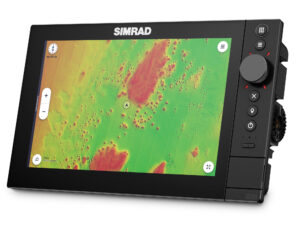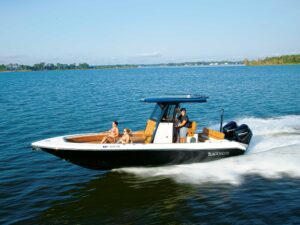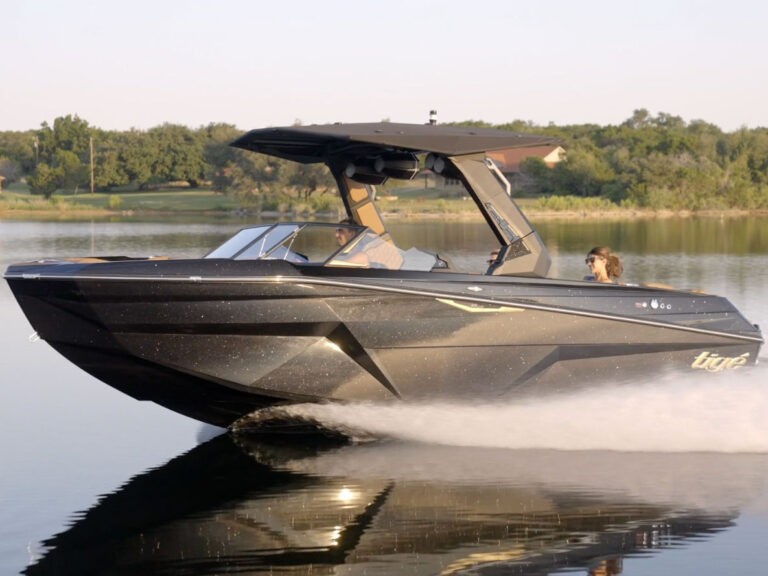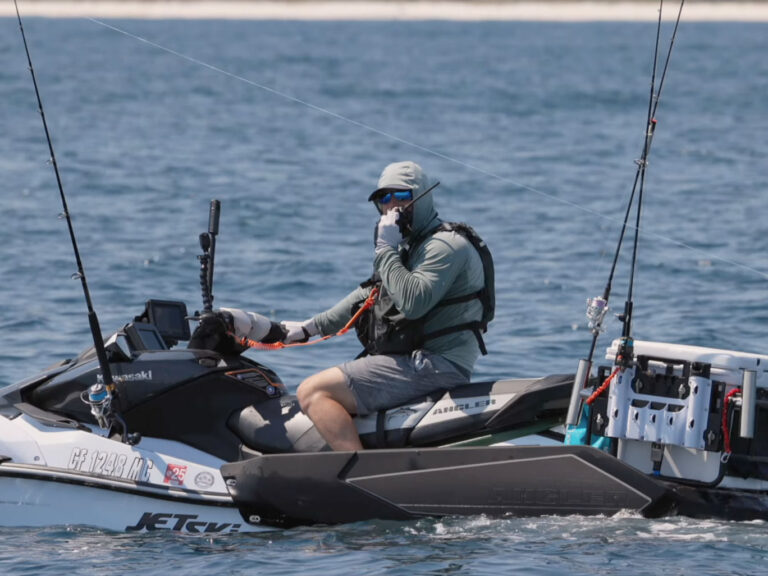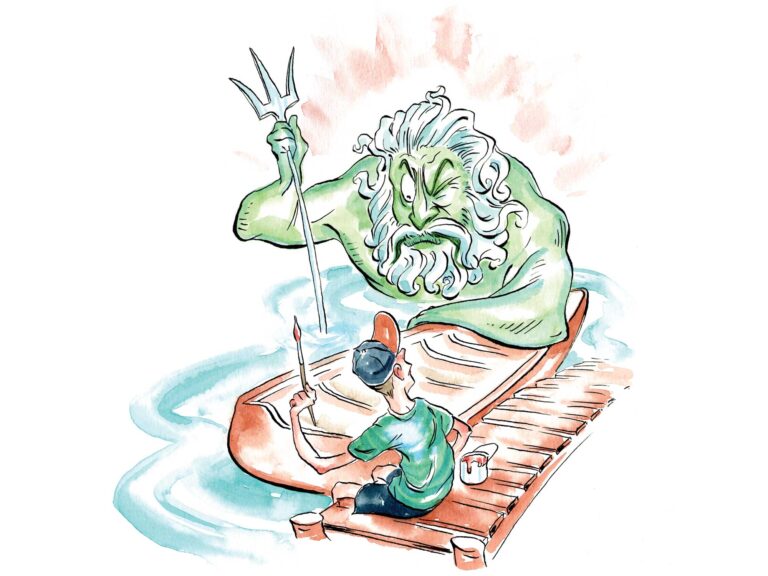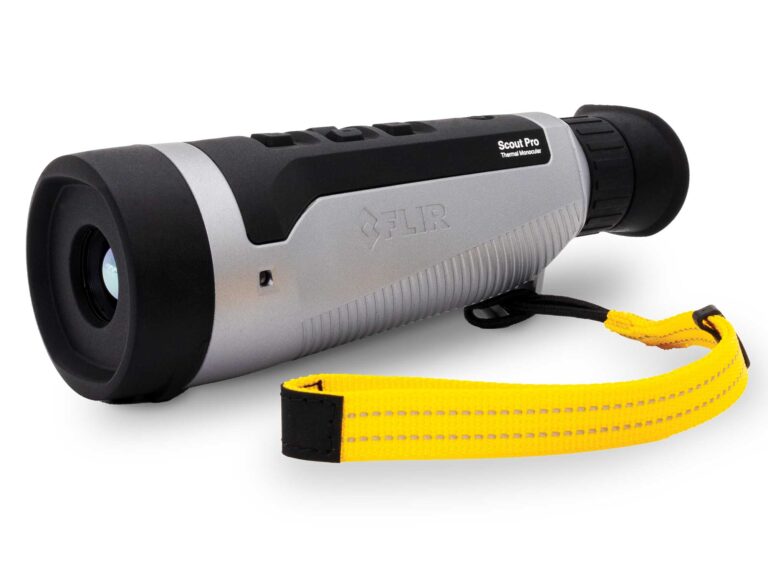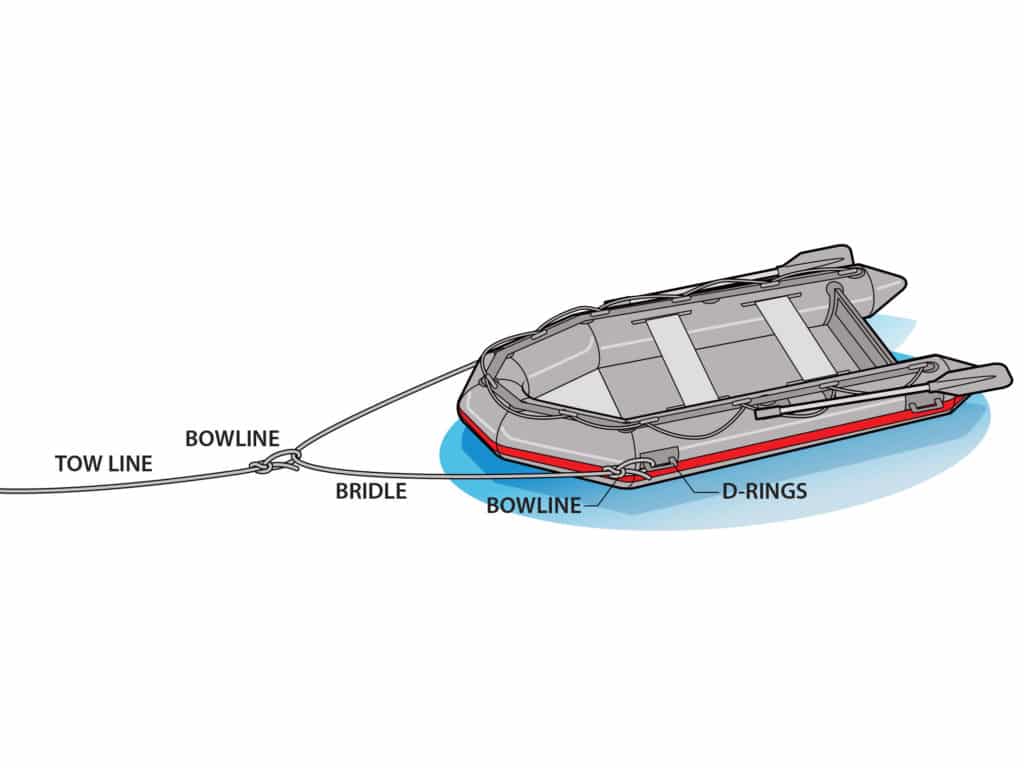
A dinghy proves useful, and not just for cruising. It allows one to anchor deep if a popular spot is too crowded close in.
It’s also fun for taking off to fish, sail or explore. Use the following tips for a safer, easier time while towing a tender.
Start with tying the towline low on the stem, using the bow eye rather than a bow cleat. This keeps the dinghy’s bow up so it rides easier with less chance of stuffing and inhibits the veering. Also consider using a bridle rather than a single towline.
At the dinghy end, a bridle aids in stability, inhibiting the dink from dipping a rail. This is especially true for inflatables, as opposed to hard dinghies. Most inflatables and RIBs feature two low towing rings specifically for use with a bridle. You can make a bridle by tying a length of line about 1.5 times the dinghy’s length between the two D-rings. Pass the main towline—or painter—around the resulting loop created by the bridle and tie using a bow line. In this way, the bridle slips through the bow line underway, self-centers and keeps the load even on the rings. Tow bridles can also be bought.

At the boat end, a bridle spreads the load over multiple fittings; if your dinghy swamps underway, the load will be substantial and sudden. A bridle also helps keep the dink centered in the wake. Using a dock line, cat’s-paw the loop through one stern cleat, slip a galvanized dock ring onto the line, then cleat off the bitter end to the opposite stern cleat. Tie the towline onto the ring. Wah-lah! Polypropylene line is often chosen because it floats and comes in bright, easy-to-see colors that help keep it out of propellers.
How far back should you tow a dinghy? In calm water, about two waves back. If it gets rough, adjust the length of the towline so that when the boat crests a wave, so does the dinghy. Remember: Syncing the boat and tow helps avoid sinking the boat you tow. Bring the dinghy in close for docking, but don’t chop the throttles, lest your dinghy slams into your transom.
How fast should you tow a dinghy? The slower you go, there’s less chance of the dinghy taking on water. If you are going to plane with your dinghy, tow it so it rides behind the rooster tail, the point at which your boat’s chine wakes converge. A planing dinghy can lose buoyancy and become unstable in aerated water. Never go so fast that your dinghy catches air.
We recommend removing outboards and gear. However, some weight aft, such as tied-down water jugs, help to keep the bow up. Towing a length of line behind, like the tail on a kite, will often cure a dink that wants to wiggle and wander.
Carrying a dinghy aboard is the preferred solution of long-range cruisers. For shorter trips, apply these tips.

